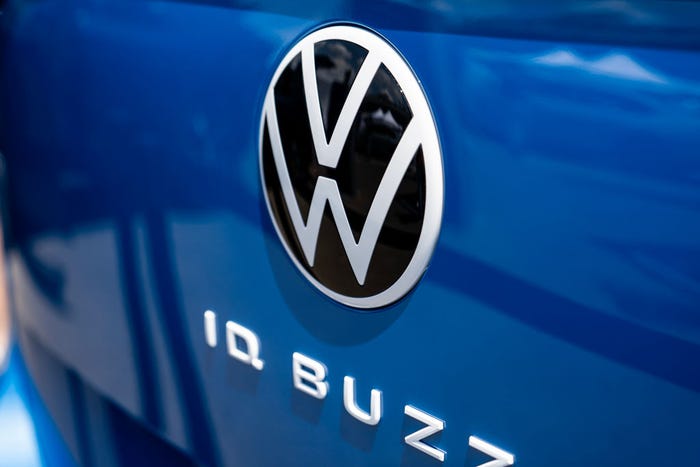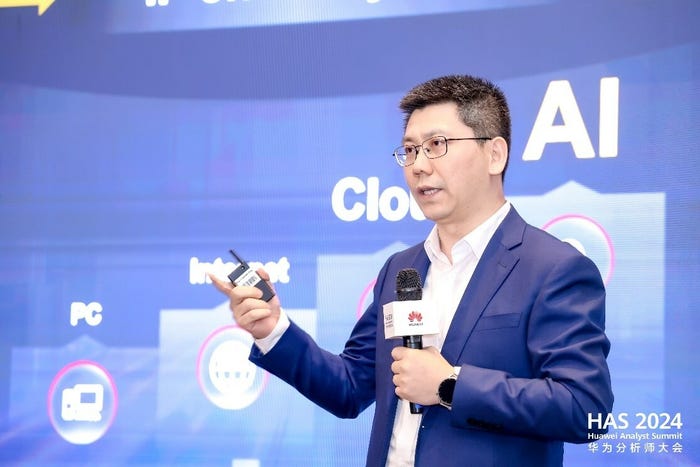Public clouds have ramped up the integration of AI and IoT support at telco edge locations, empowered by 5G networking facilities.
August 31, 2021

Telco 5G services such as mobile edge computing will benefit from enterprises having brought public clouds such as Amazon Web Services and Microsoft Azure onboard for key functionalities.
While the expansion will be an important part of the mix for IoT end users, its appeal will largely focus on select verticals and geographies to begin with.
Innovation at the other end of the connectivity spectrum is focusing on simplicity for the enterprise, through products such as single IoT simcards.
With 5G infrastructure rollouts making gradual but steady progress, the stage is set for public clouds to increase value for enterprise users.
This cloud-telco complementary relationship will flourish mainly through partnerships which overlay cloud services and core software stacks directly on the telco’s 5G network.
Edge clouds that deliver faster network speed and programmable virtualization functions are an obvious entry point for U.S. cloud majors, as they look to help monetize 5G’s potential for ultra-low latency IoT.
In reality, however, telcos are still working to match the promise of 5G on a national scale. This makes cloud-to-edge partnerships an enticing route to improving their enterprise offer, as they aim to push the bar on download speeds.
Societal Functions Fueled by 5G at the Edge
Imagine a new university satellite dormitory detached from a main campus location, and with few transit options. Confined in their dorm rooms due to COVID-19 restrictions, it’s challenging for students to get the most bang for their buck, when they can’t even attend lectures in person.
5G-enabled edge clouds will allow schools to circumvent the problem and avoid affecting student outcomes. By including more of the cloud computing stack, they can drive the university’s online infrastructure closer to the satellite campus and deliver high-bandwidth content, such as virtual reality, remote desktops or cloud gaming services.
As partnerships between telcos and public clouds have deepened in recent years, both parties have started to weave in more cloud services, at 5G edge locations such as regional data centers. To use an analogy, these could be thought of as the public cloud’s local TV affiliate.
Applications backed by telcos will springboard from this enriched edge cloud connectivity. A new robotics-focused division for the enterprise was unveiled by telecommunications giant Verizon in recent weeks, using its 5G mobile edge compute (MEC) stack.
Using Amazon Web Service (AWS) to deliver computer vision through its low-latency 5G network, Corning Incorporated, an advanced manufacturing and materials science firm, is ramping up the stack for its robotics system in North Carolina.
The development comes after Verizon rolled out AWS functionality within its 5G MEC across key U.S. markets. Currently Verizon customers in select U.S. cities have access to AWS’s Wavelength service, embedded within Verizon’s 5G transmission centers. AWS Outposts, a managed service that encompasses various infrastructure, services and application programming interfaces, can also be integrated together with Verizon’s enterprise 5G offering.
“Our customers tell us they are excited to build applications that take advantage of 5G networks,” said George Elissaios, general manager, AWS Wavelength. “But in order for these applications to provide ultra-low latency to mobile end-users, customers need AWS compute and storage services embedded directly within the 5G network.”
A Competitive Arena
The same trajectory is apparent globally, as telcos seek to monetize computationally intensive machine-to-machine networks. Given digital transformation objectives such as smart cities and vehicle-to-infrastructure communication, these projects arguably advance the national interest.
In the U.K. last week, Virgin Media O2 entered a partnership with communications technology provider Ericsson. The partnership will see Ericsson’s container-based, cloud-native infrastructure deployed for the 5G core at Virgin Media O2’s regional data centers.
Not to be outdone, Microsoft announced it would absorb the 5G infrastructure software core of AT&T in June, bringing the operation onto its Azure for Operators platform. The move precipitates the transfer of AT&T’s entire 5G Network Cloud to Microsoft’s systems.
Microsoft believes the platform makes sense given the convergence of telco interests with AI and IoT technologies, and the possibilities of shifting workloads to its cloud-to-edge networking environments, according to Shawn Hakl, vice president for 5G strategy at Microsoft.
Not only is edge compute bolstered by 5G, but Azure application programming interfaces enable the telco’s 5G network to be spliced into virtualized instances and isolated for specific application requirements.
“The use of cloud technology for AT&T’s core network will further enhance IoT/edge compute solutions … providing deeper integration between edge and core network services, end-to-end control over the security and performance of the service, as well as simplified programming interfaces,” Hakl said.
The move to 5G for mobile and core edge deployments has led to increased interest in cross-compatibility, which could allow information exchange across diverging mobile network infrastructures.
Earlier this month, the European Telecommunications Standards Institute published a report outlining the scope for federated MEC services, based on protocols for switching applications between different mobile network operators and public clouds.
But while 5G is poised to strengthen MEC and compute performance from the edge, the transition will appeal only to select IoT use cases to begin with, said Dan Bieler, principal analyst at Forrester.
Bieler said greenfield IoT developments were the most likely candidates for 5G edge deployment because the bandwidth and reduced latency could help incorporate a range of connected functionalities.
For enterprises operating existing IoT networks or targeting clear-cut connected use-cases, there are narrow-band WAN derivatives such as LTE-M or NB-IoT which can co-exist with different cellular modes. And, in indoor environments where reception is an issue, Bieler said the new Wifi 6.0 protocol could be an option.
In this new world where IoT has multiple protocols to choose from, the priority for telcos now lies in selling 5G to brownfield environments where capital expenditures tend to be gradual.
Having gained infrastructure support from public clouds, telcos may vaunt productivity gains from 5G’s adoption in key geographies or verticals – in the industrial sector, for instance, where there’s been delays finalizing regulatory standards.
Price will be a key consideration, as hyperscalers tend to drive better economies of scale for edge clouds built on-premises in enterprises. According to EdgeComputingNews, the cost of deploying edge computing through AWS Outpost is 90% less than a bespoke MEC edge server.
“We [at Forrester] are preparing for 5G,” Bieler said: “ I think the market will gradually evolve into it, as opposed to following a rip-and-replace strategy. 5G will exist alongside many legacy technologies for years to come.”
Innovation and Connectivity on the Last Mile
As telcos enlist public clouds to elevate 5G edge infrastructure, innovative startups are striking their own path with direct-to-cellular IoT solutions. These products aim to serve enterprises, regardless of the wireless spectrum they choose to utilize.
Small operators of everything from on-demand scooters to connected restaurant kitchens and RFID-enabled wildlife centers need cellular interfaces that are accessible and priced to their requirements.
That has helped young vendors offering versatile last-mile cellular connectivity grab a foothold.
Among them is Hologram, a provider of standardized SIM cards for IoT devices which connect to the cloud via any one of 470 mobile carriers globally. A glance at the user feedback available online suggests pricing and installation is Hologram’s biggest draw.
And going after IoT’s enterprise mass may enable Hologram to phase in new modes such as NB-IoT and 5G, once it has locked down a legion of adopters.
“We’re certainly seeing IoT devices use more data as enterprises try to run more complex machine learning models from IoT systems. But our technology is capable of supporting everything from 2G to 4G or LTE, and 5G potentially too,” said Ben Forgan, CEO and co-founder, Hologram.
“Things like NB-IoT are just one part of the puzzle, but we’re certainly looking to expand to support it in territories as it becomes available.”
About the Author(s)
You May Also Like



.png?width=300&auto=webp&quality=80&disable=upscale)


.png?width=300&auto=webp&quality=80&disable=upscale)